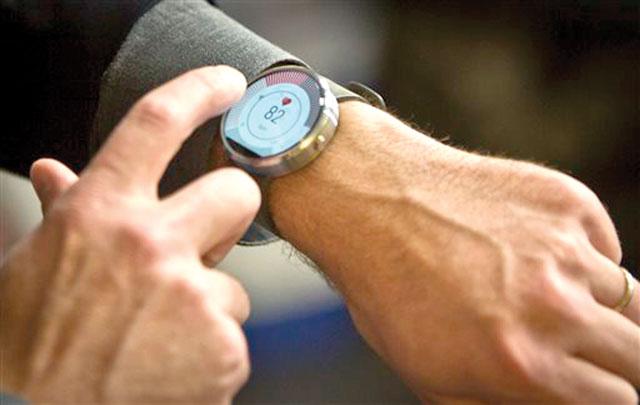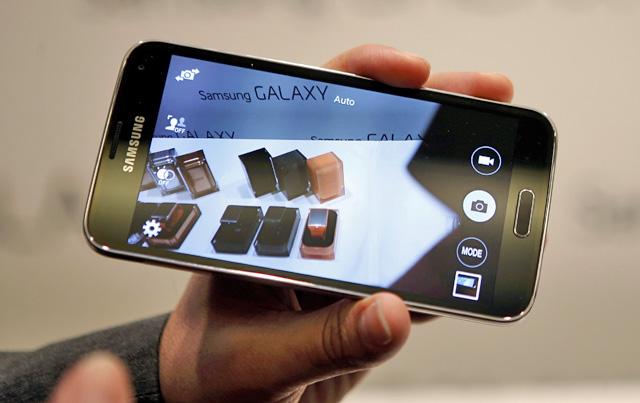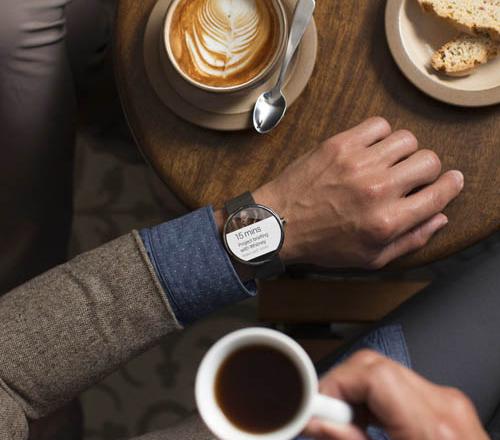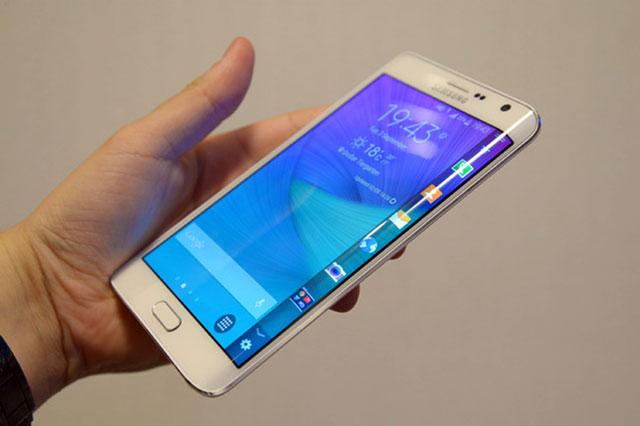You are here
Motorola emphasises design in circular smartwatch
By AP - Sep 10,2014 - Last updated at Sep 10,2014

NEW YORK — Motorola last week rolled out a circular smartwatch, counting on a more traditional design to win over consumers who have so far shunned other computerised wrist devices.
Smartwatches so far have had rectangular faces, a shape that has turned off many consumers, said Steve Sinclair, Motorola’s vice president of product management. Motorola’s Moto 360 is round and has an all-metal frame, making it look more like a regular watch.
“People don’t want to wear a shrunken-down smartphone on their wrist,” Sinclair said.
Reshaping the smartwatch still might not be enough to sway consumers’ attitudes. Apart from design, smartwatches have had limited appeal because of their small displays and a requirement to have a companion smartphone nearby. Technology companies have yet to make a compelling case for why everyday consumers need them.
Nonetheless, mobile device makers are still pinning their hopes on smartwatches spurring more sales to consumers who already have smartphones and tablet computers and aren’t looking to upgrade right away. Samsung and Sony already have smartwatches out, and new models are coming this fall.
Friday’s debut of the Moto 360 comes a week after LG Electronics Inc. announced its own circular smartwatch, the G Watch R. LG’s watch won’t be available for at least a month, though, and its price wasn’t immediately announced.
Both watches use Google’s Android Wear operating system. The system uses voice controls for basic functions, such as reading messages, checking the weather and getting reminders on calendar appointments.
The Moto 360 costs $250 and started shipping Friday. That comes with a leather band. A metal-band version will come out this fall for $300.
Motorola, which Google plans to sell to Lenovo this year, also announced updates to two of its phones.
The Moto G will grow to 5 inches, from 4.5 inches in last year’s model. The camera is also improved to 8 megapixels, rather than 5 megapixels. It will start at $180 in the US with no contract requirement. The new version will have 3G cellular access only. Motorola will continue selling a 4G version of the old model for $219.
Meanwhile, the flagship Moto X will enlarge to 5.2 inches, from 4.7 inches, and will start at $500. It will have a 13 megapixel camera, up from 10 megapixels. The Moto X distinguishes itself from rival phones by allowing people to customise the backs when ordering. Wood and leather backs will be available for a higher price.
There’s also a new Bluetooth headset, the Moto Hint. Headsets have typically been limited to phone calls. The Moto Hint will also allow users to control the Moto X phone with voice commands.
After smartphones, smartwatches and smart glasses, as in the computerised Google Glass, what’s next?
Smart rings, perhaps.
A Sunnyvale, California, startup called Mota unveiled a prototype of its SmartRing at the IFA gadget show in Berlin this week. Co-founder Kevin Faro said the device will alert users when they receive a call or message.
To avoid message overload, the ring can be set to filter out everyone except those from contacts designated as important. Other companies will be able to build apps that interact with the ring, opening up the possibility of getting alerts on stock prices, eBay sales and Uber rides.
Related Articles
Samsung’s new smartphone will have a built-in heart rate monitor as the Korean electronics company tries to turn its devices into lifestyle products.
Google said Tuesday it was bringing Android to wearable devices, as LG and Motorola started the countdown to Internet-enabled watches based on the dominant platform for smartphones.
There was a time you could count on phones getting larger each year. Samsung’s runaway success with the big-screen smartphone even spurred Apple to release a supersized model last fall. But if phones get any bigger will they be too hard to use?














